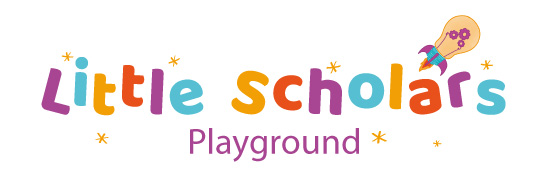Estimated reading time: 2 mins
So what exactly is STEM and why is it so important?
STEM is a neat little acronym for Science Technology Engineering & Maths. One idea behind grouping these broad disciplines into something memorable; is to draw attention to an emerging policy choice within schools, focused on increasing educational interest within STEM. By stimulating interest in STEM early on, we can begin to motivate more young people to study STEM at an advanced level and to enter STEM related industries. This is particularly important for Black individuals who at university for example, only represent 6.2% of students enrolled onto STEM related subjects*.
STEM in early childhood
The idea of introducing STEM to children in the early years is to begin the process of creating scholarly minds. Little children who ask questions, seek out answers, solve problems and become innovators who go onto contribute to the human story. The sooner we get our little ones to see that our world is filled with shapes, materials, forces and numbers; is the start of something special, in the form of inquisitive minds.
An example of STEM in the real world
If you pause and think about the many technological advances humankind has achieved over the centuries, you should be able to appreciate the importance of STEM in our everyday lives. The aeroplane for example, my favourite technological advancement, has transformed our ability to be connected globally with little effort. The thirst for flight has been achieved over 100 years by countless individuals, who have innovated by combining maths and science, and by applying engineering skills to find technological solutions. The end result being to fly you through the sky, delivering you safely across the globe.
Continuing with the theme of flying and literally reaching for the skies, we thought it a good idea to introduce you to Dr Mae C. Jemison, an American engineer, doctor, and former NASA astronaut. She became the first black woman to travel into space when she served as a mission specialist aboard the Space Shuttle Endeavour in 1992.
Mae’s story is one of high achievement and adventure. Mae’s introduction to STEM came from her uncle, who encouraged her interests for science, anthropology and astronomy. As parents and caregivers, the impact of your encouragement and feeding the curiosity can pay off massively, as we’ve just seen in the example of Mae.
How to introduce STEM to children
Encouragement and exposure to broad experiences is a good place to start. Try to nourish as best as you can the little sparks of interests you may see early on. Introduce new ideas continually, invest in wide-ranging books and learning resources that stimulate an interest for STEM. From early on, some simple but effective things you can do include:
- Questions – ask ‘why,’ ‘what’ and ‘how’ as a way of getting children to explain their thinking
- Language – use words which link to STEM related topics like: balance, hard, soft, hot, cold, push, pull, high, low
- Exploration – encourage exploratory play, by introducing messy play with different textures and liquids of varying consistency
- Imagination – create experiments which include role-playing, scenarios and task specific activities
- Explanation – explain how simple objects and tools around your house work.
We’d love to hear your thoughts on this topic. Comment below, let’s start a conversation.
*Stat according to the Black British Professionals in STEM
Denhue
Little Scholars Playground
info@littlescholarsplayground.com
About the Author
Denhue is the co-founder and Author at Little Scholars Playground. He is passionate about literacy, learning, writing and STEM.






Hi Denhue,
Thank you for taking your time and effort in creating this wonderful platform for all our beautiful black children.
Are you perhaps considering offering a paid online STEM class for children from 4- 11 perhaps? You can give the parents who have signed up for it a list with easy and cheap materials to buy or they perhaps already have in the kitchen to keep the cost down. An online STEM kids course with the parents. Me personally I have no idea how to start organising a STEM activity for my boys.
Please ask on the black community Facebook group if there is an interest so you have an idea how many potentially would sign up for it. Please check how much parents are willing to pay for an online STEM course. Great way to create an interactive platform with parents. Just a thought.
I look forward hearing from you.
Kind regards,
Rocheline
Hi Rocheline,
Thanks for this great feedback.
This is something we have thought about creating in the future. Because we have actually had many people ask if we have considered creating STEM courses. As we’re a start-up, we plan on creating STEM activities first. Please do follow us on Instagram (if you use it), as we post STEM related activities and information, you may find useful for your sons: http://www.instagram.com/littlescholarsplayground/
Regards
Denhue